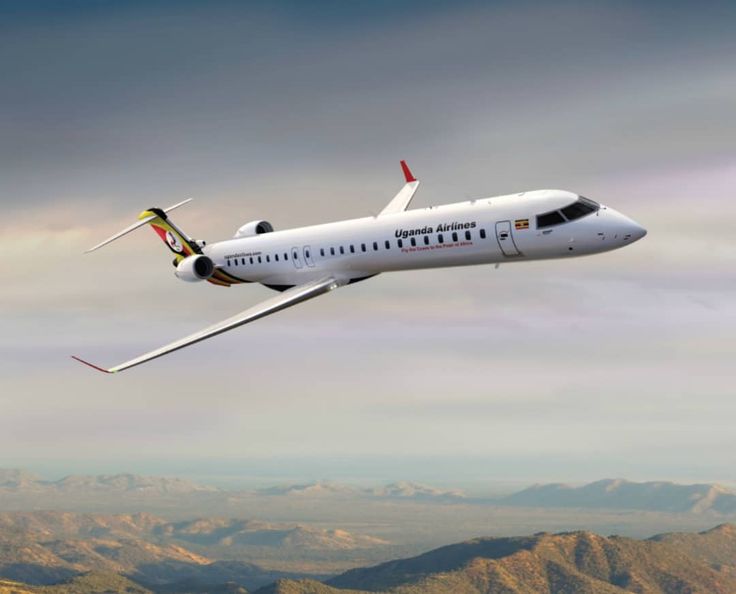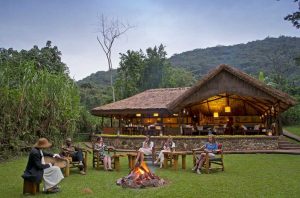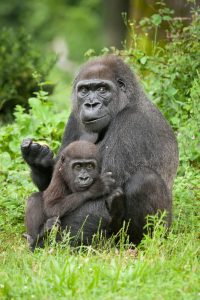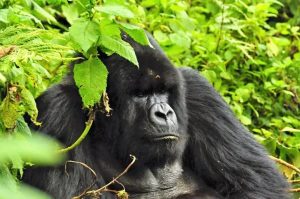Domestic flights in Uganda offer one of the most efficient and comfortable ways to reach remote safari destinations such as Bwindi Impenetrable National Park, Kidepo Valley, Queen Elizabeth, and Murchison Falls. With rough and long road journeys often stretching between 8 to 12 hours, flying saves valuable travel time and ensures a smoother and more enjoyable safari experience. If you’re planning a wildlife adventure, primate trekking, or even business travel within Uganda, understanding how to book domestic flights is essential.
Why Fly Domestically in Uganda?
Domestic flights in Uganda are particularly popular among safari travelers because they allow for seamless connections between major wildlife parks without the exhaustion of long overland travel. Instead of spending an entire day on the road, visitors can reach their destinations in just under an hour. For those with tight schedules or luxury preferences, domestic flights allow more time for wildlife encounters, relaxation, and lodge experiences. Additionally, the flights offer stunning aerial views of Uganda’s diverse landscapes—from lakes and rivers to mountains and forests.
Airlines That Operate Domestic Flights in Uganda
Several local airlines specialize in domestic travel across Uganda. These airlines primarily serve tourists, conservation researchers, and business travelers. The most reliable carriers include Aerolink Uganda and Bar Aviation Uganda. Aerolink offers scheduled flights to airstrips near national parks like Kihihi, Kisoro, Kasese, Pakuba, and Apoka, while Bar Aviation offers both scheduled and charter services, serving similar routes with flexibility. Fly Uganda is another local operator offering scenic chartered flights and pilot training services.
Where You Can Fly Within Uganda
Most domestic flights in Uganda depart from Entebbe International Airport or Kajjansi Airfield, which is located between Kampala and Entebbe. From these departure points, you can fly to:
- Kihihi or Kisoro, gateways to Bwindi Impenetrable National Park
- Kasese, near Queen Elizabeth National Park and the Rwenzori Mountains
- Pakuba or Chobe, both located in Murchison Falls National Park
- Apoka, which serves the remote Kidepo Valley National Park
- Regional airports such as Arua, Gulu, and Soroti for business or community travel
Destinations are accessible year-round, although weather patterns and seasonal demand may affect frequency and availability.
How to Book a Flight Within Uganda
The most common way to book domestic flights in Uganda is through a licensed tour operator. When you book a safari package, your operator typically arranges domestic flights as part of your itinerary, ensuring your gorilla trekking permits, park entry, and lodge bookings align with your flight times. This approach is particularly useful for international travelers who may not be familiar with Uganda’s internal transport system.
However, travelers can also book directly through airline websites. Both Aerolink and Bar Aviation have user-friendly websites that allow for secure online bookings. After selecting your route and travel dates, you’ll enter passenger details and make a payment using international credit or debit cards. An e-ticket will be issued to your email for presentation during check-in.
What You’ll Need to Board Your Flight
You’ll need a valid passport for identification, even when flying domestically. Additionally, you’ll be required to show a printed or digital e-ticket, along with your yellow fever vaccination certificate if you recently entered Uganda from a country where yellow fever is endemic. It’s a good idea to check in at least one hour before departure. Flights are punctual and security protocols are strict, so arriving early helps avoid delays.
Flight Duration and Schedule
Most domestic flights in Uganda last between 45 minutes and 1.5 hours, depending on your destination. Flights to Kihihi and Kisoro typically take around one hour from Entebbe. Flights to Kasese and Pakuba fall within the same range, while flights to Apoka in Kidepo Valley take slightly longer due to the distance.
During the high tourist season—June to September and December to February—flights are more frequent, often operating daily. In the off-season, flights may be limited to certain days or require a minimum number of passengers. It’s recommended to confirm your travel dates in advance and consider flexible timing.
Pricing and What to Expect
Flight prices vary by destination, season, and seat availability. On average, a one-way ticket from Entebbe to Kisoro or Kihihi costs between USD 250 and USD 300 per person. Flights to more remote locations like Apoka may range between USD 350 and USD 450. Charter flights are more expensive but provide flexibility and privacy, often starting from USD 1,000 depending on aircraft type and flight distance.
Fares generally include taxes and fuel surcharges, but always check for additional baggage fees or seasonal rate changes. Booking earlier typically guarantees better prices and more secure seats, especially during peak travel months.
Baggage Policy
Domestic carriers in Uganda operate small aircraft such as the Cessna Caravan, which have strict baggage limitations. Passengers are usually allowed up to 15 kilograms (33 pounds) of luggage, including carry-on items. Only soft-sided duffel bags are accepted, as hard-shell suitcases do not fit in the limited cargo holds. Exceeding the weight limit can incur additional fees or require you to reallocate your luggage.
If you’re carrying photography equipment, tripods, or special gear, notify the airline in advance to make appropriate arrangements. Some airlines offer the option to book extra luggage in advance at an additional cost.
Safety and Weather Considerations
Domestic flights in Uganda are generally safe and comply with aviation regulations set by the Uganda Civil Aviation Authority. Airlines conduct regular maintenance and hire experienced pilots with local flying knowledge. However, due to the country’s tropical climate and varied terrain, flight schedules may occasionally be affected by fog, rain, or low visibility—especially in mountainous areas like Kisoro.
Always build a buffer in your itinerary to accommodate unexpected delays, especially if you’re connecting to international flights or time-sensitive activities like gorilla trekking. Tour operators often schedule flights a day before permit activities to ensure travelers don’t miss their slots.
Booking During High Season
Peak safari season in Uganda runs from June through September and again from December through February. During these months, demand for both gorilla permits and domestic flights is high. To avoid disappointment, book at least two months in advance and ensure your permit and lodge bookings are confirmed before securing flights.
If you’re traveling in the low season (March to May or October to November), you may find reduced flight frequencies and better fares, though weather can be more unpredictable. Always plan with flexibility and consult with local operators or airlines for updated information.
Ideal Safari Itinerary Using Flights
For travelers wanting to maximize their time on safari, domestic flights allow you to explore multiple parks within a week. A sample itinerary may look like:
- Arrival in Entebbe and overnight stay
- Flight to Kihihi for gorilla trekking in Bwindi
- Transfer to Kasese for wildlife viewing in Queen Elizabeth National Park
- Optional flight to Pakuba for Murchison Falls safari
- Return to Entebbe for departure
This loop saves days of road travel and offers rich wildlife diversity, from gorillas and chimps to elephants, lions, and hippos.
What to Know About Small Airstrips
Most national parks in Uganda are served by small airstrips located within or near the park boundaries. These include Kisoro, Kihihi, Kasese, Bugungu, Pakuba, and Apoka. Facilities at these airstrips are minimal—often limited to basic shelters and dirt runways. There are no restaurants, lounges, or shops, so travelers should carry water, snacks, and necessary items in hand luggage.
Transfers from airstrips to lodges are usually arranged in advance by your lodge or tour operator. Make sure you coordinate these pickups before your flight to avoid being stranded at the airstrip.
Documentation for International Visitors
If you’re flying domestically within Uganda as part of a broader East African itinerary, ensure your visa status covers multiple entries. Uganda participates in the East Africa Tourist Visa arrangement with Kenya and Rwanda, which allows for multi-country travel on a single visa. This is especially useful for travelers connecting to gorilla trekking from Kenya or Rwanda.
Conclusion
Domestic flights in Uganda are an excellent choice for travelers seeking speed, convenience, and access to some of Africa’s most remote and beautiful parks. Booking early, understanding baggage restrictions, and coordinating your flights with safaris and lodge stays will ensure a stress-free travel experience.
Whether you’re planning a honeymoon, a solo adventure, or a group safari, domestic air travel in Uganda enhances your itinerary by allowing more time for exploration and less time on the road. By following these guidelines, you’ll be well-prepared to book domestic flights with confidence, maximizing your experience in the Pearl of Africa.




